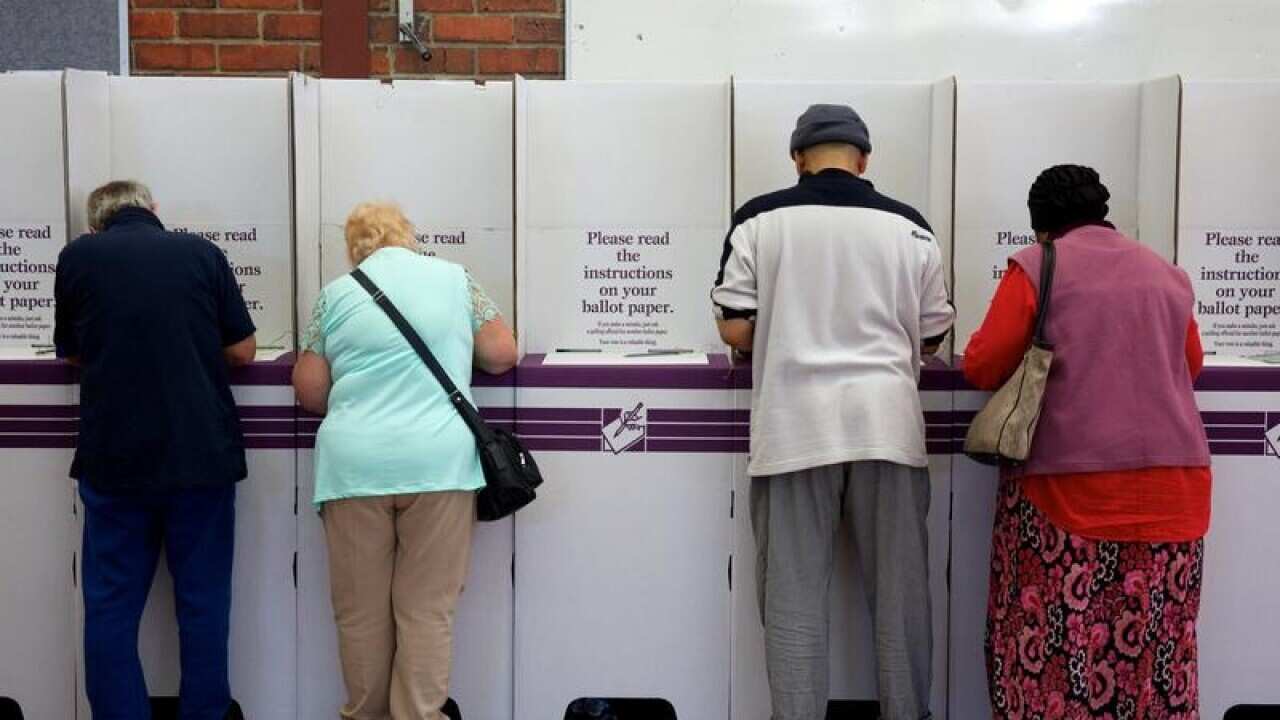Australians are supposed to vote in federal elections roughly every three years, though governments are allowed to call them even sooner.
Labor leader Bill Shorten has floated an old idea for fixed four-year terms in a bid to give the government of the day more time to legislate between election campaigns.
Prime Minister Malcolm Turnbull reportedly expressed a willingness to work with the opposition on the reform, which would require a referendum to change the constitution.
How unusual are Australia’s three-yearly elections?
Australian prime ministers get a fairly short innings between elections compared with most other world leaders with the three-year election cycle seeing average terms of two-and-a-half years.
New Zealand also operates a three-year cycle.
But prime ministers in Canada and presidents in the United States enjoy four years between polls.
In the United Kingdom, India and China, terms are five years long.
Five year terms are the norm, according to data published by the Inter-Parliamentary Union.
The data shows that in 77 examined countries’ Lower Houses – like Australia’s House of Representatives – five year terms are dominant.
Share

